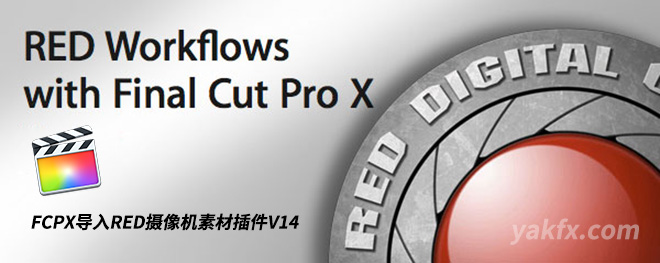


Why is ProRes on the iPhone 13 Pro a big deal? That means smoother gradients, and less obvious color banding. First, your computer will handle it better than the files your camera spits out – and even if the original footage only has 8-bit color, edits you make can be processed at a higher color fidelity. Using the 10-bit ProRes is a good idea even if your camera only shoots 8-bit video too. However, if you’re dealing with high-resolution capture and any real length, it’ll chew through SSD space at an intimidating rate. If you have a camera that can shoot uncompressed raw video, you might think you want to use that. It’s a practical, high-quality format to use when working on a video project. Who uses Apple ProRes?Īnyone who edits video in one of the industry standard suites, like Final Cut Pro, Premiere Pro or DaVinci Resolve, has probably considered using ProRes at the very least. That said, YouTube does actually support ProRes 422.Ĭontent creators can upload a ProRes file directly to YouTube, although it’s going to end up in the H.264 format once it has been through the platform’s compression wringer anyway. You’d use ProRes in the editing/production part of the process, before converting the final clip into something people can play on their phones, or on their TV via a USB stick – most likely an H.264 or H.265-encoded file. If you have an older laptop it may not even be able to handle 4K H.265 playback smoothly. And it is precisely this style of encoding that makes them a bit of a pain, and processor drain, to work with in an editing suite. Why wouldn’t you just use ProRes all the time? An H.264 or H.265-encoded clip is still going to be much smaller, as those formats are designed to provide decent image quality at low bit-rates. An Atomos Ninja V external recorder, for example, supports ProRes 422 LT, 422 and 422 HQ, for example. However, if you use hardware that can record ProRes natively, you’re going to be limited to what it supports, too. Which of those six formats filmmakers choose depends on their priorities of image quality versus file size/portability. It's not yet clear which of these will be coming to the iPhone 13 Pro series, but Apple says you'll be able to shoot in 4K/30p in the format (unless you choose the 128GB model, in which case you'll annoyingly be restricted to 1080p at 30fps). It’s a family of six quality standards, from the space-saving 'ProRes 422 Proxy' right up to the ultra-high-quality 'ProRes 4444 XQ'. ProRes is a compressed format, but one that aims to be “visually lossless”. This tells us one of its key characteristics. The sell back then was it “produces stunning HD quality at SD file sizes”.

Apple introduced ProRes in 2007, as part of its Final Cut Pro 6 editing software.


 0 kommentar(er)
0 kommentar(er)
